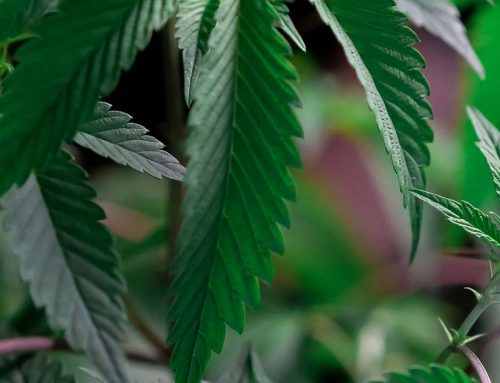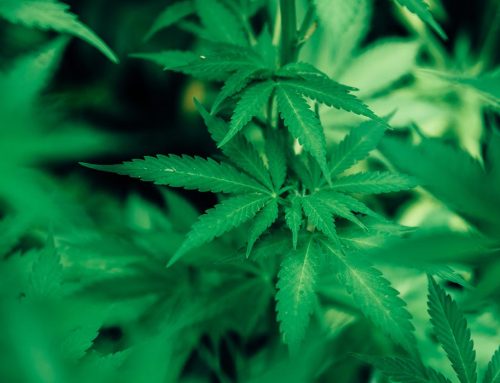The annual crime report published by the attorney general of California shows that in 2017, marijuana arrests in the state dropped significantly. Arrests fell from 13,434 in 2012, to 7,949 in 2016, and to 2,086 in 2017. Arguably, with 5,863 fewer people going to jail for marijuana offenses last year than the previous one, police time and jail beds are being put to better use.
As the report notes, “In November 2016, California voters passed Proposition 64 which legalized the possession and use of marijuana for individuals 21 years of age and older and reduced the offense degree for numerous state statutes.” The report also indicates that felony arrests for marijuana offenses dropped 84.5 percent from 2012 to 2017, and that adult felony arrests for marijuana offenses fell 73.7 percent from 2016 to 2017 alone.
Arrests Down, but Racial Disparity Continues
Racial disparity in arrests for marijuana is still an issue, as the report says that in 2017, 494 white adults were arrested on felony marijuana charges, while the number for Hispanics was 832, and the number for black adults was 438. According to census data, marijuana use among whites and blacks is roughly the same: about 14 percent for blacks and 16 percent for whites. Latinos make up about 39 percent of Californians, whites about 37 percent, and blacks about 7 percent.
One study published in the American Journal of Addiction makes a few observations about race and marijuana use. The first observation: “[T]here is a lack of investigation into differences in these associations on the basis of race/ethnicity.” That said, the study goes on to say that “Alcohol use disorder was comparable between, and most prevalent among, Whites and Hispanics compared to African Americans, whereas marijuana use disorder was greatest among African Americans compared to other race/ethnicities. Co-occurring alcohol and marijuana use disorders were most prevalent for African Americans versus Whites and Hispanics, and similar in Whites and Hispanics.” Finally, the report says: “Sparse research findings indicate that the simultaneous use of alcohol and marijuana is associated with greater social consequences.”
In short, even if many of the felony arrests in California result from drunk driving arrests that include marijuana charges, the study’s admittedly “sparse” research would indicate that whites and Latinos would be likely to have a similar rate of such offenses. And yet Latinos in California were arrested at about twice the rate as whites for marijuana offenses. Furthermore, if black and white adults were arrested for marijuana offenses at roughly the same rates (and given that whites are about 37 percent of the state’s population and blacks 7 percent), the 494 whites arrested would compare to about 93 blacks arrested, instead of 438. And if the American Journal of Addiction’s findings are valid and the rate of “marijuana use disorder” is greater among African Americans than whites, the study’s own numbers indicate that “marijuana use disorder” is no more than roughly twice as high among African Americans as whites. Thus, if “marijuana use disorder” contributes to getting arrested, and if about twice as many black Californians suffer from that ailment, even then one might expect about 186, not 438, arrests.
The number of felony marijuana arrests has declined sharply since adult-use marijuana was legalized in California. For most, this is likely to be good and unsurprising news. On the other hand, racial disparity in those declining arrests has continued, and this news may also be unsurprising, but it is not good.
What do you think? What can be done to reduce racial disparity in marijuana arrests? Leave a comment below.






